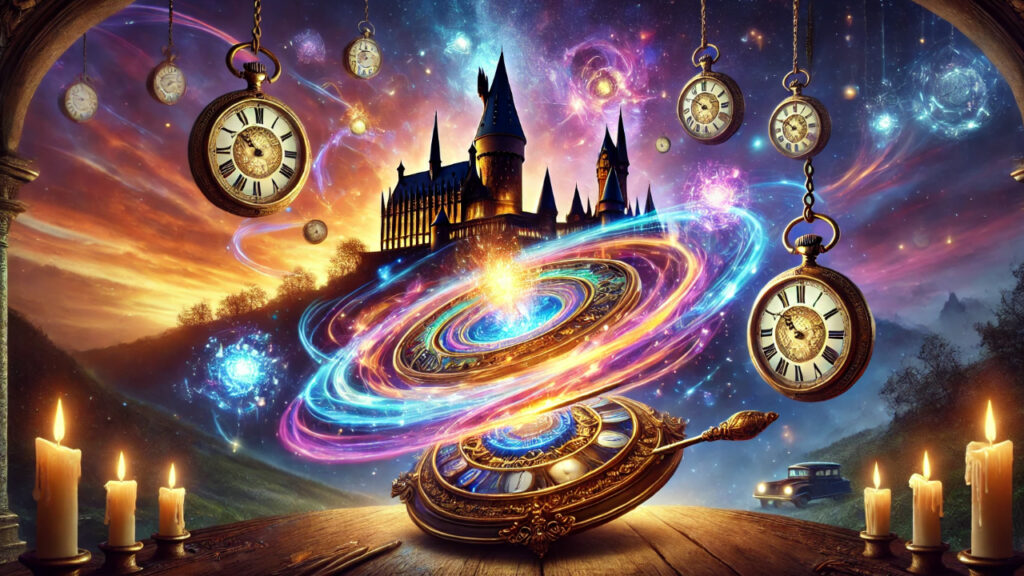
Breaking Time: The Most Mind-Bending Harry Potter Time Travel Theories
The Harry Potter series is one of the best time traveler series of all time. The concept of time travel has made it a sci fi series along with a fantasy one. This unique blending has given the series popularity from all kinds of fans. Harry Potter time travel theories can be another interesting topic to discuss but honestly at this point anything related to Harry Potter is a topic to discuss about. Time travel in the Harry Potter universe was first introduced in Prisoner of Azkaban through the use of the Time-Turner. It is a magical device that allowed Hermione Granger to attend multiple classes at once and later helped her and Harry save Sirius Black and Buckbeak. Though used sparingly and with strict limitations, this glimpse into temporal manipulation sparked immense curiosity among fans.
Since then, the concept of time travel has been a fertile ground for fan theories and speculation. Fans have expanded on the idea far beyond its original use, imagining ripple effects, alternate timelines, and hidden consequences. Theories range from small, clever rewrites of canon to sweeping suggestions that time travel altered the course of wizarding history. As the story unfolded especially with The Cursed Child introducing a new Time-Turner with fewer restrictions. The fan community seized the opportunity to explore its implications in ever more elaborate and intriguing ways.
Table of Contents
ToggleCanon Time Travel Rules
In the Harry Potter books, time travel is introduced in Prisoner of Azkaban through the Time-Turner. It looks like a small hourglass device given to Hermione Granger by Professor McGonagall so she could manage an impossibly packed class schedule. As we all know Hermione is always ready to have some extra learning so she accepted the Time-Turner. The mechanics of the Time-Turner are simple but strict: one turn equals one hour, and any interference with past events could result in catastrophic consequences.
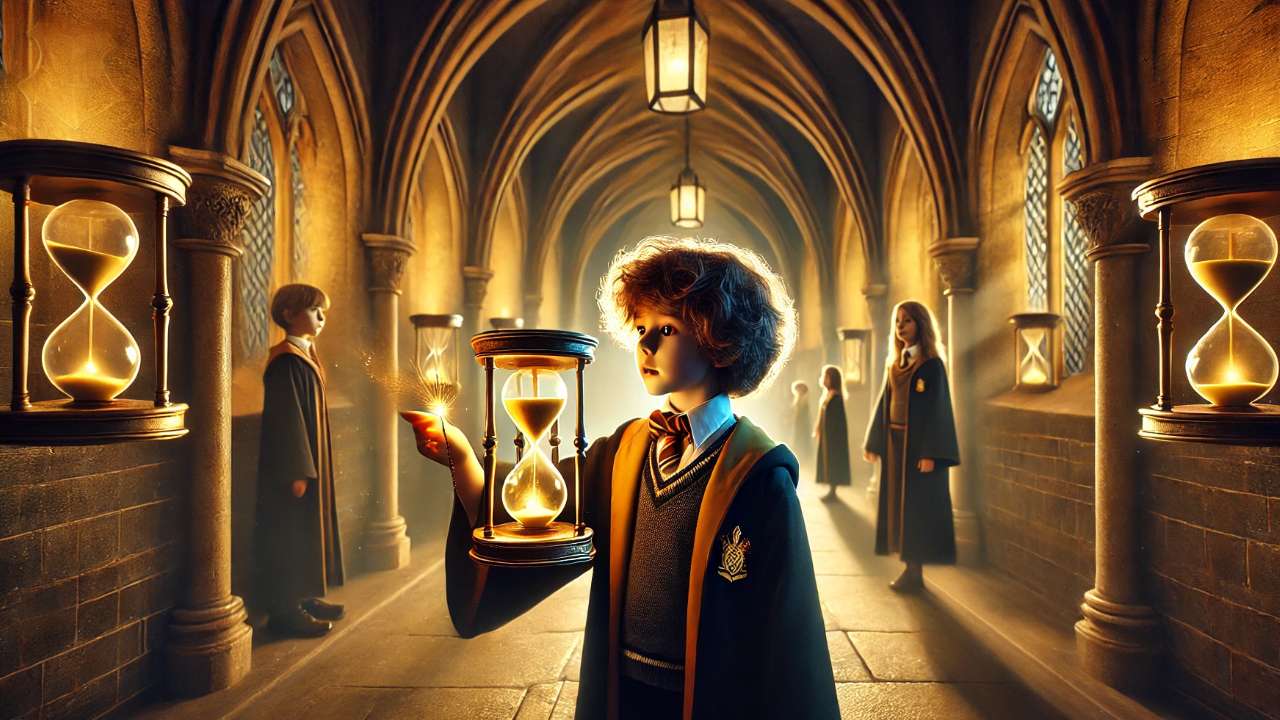
What we know from the books
Time travel in the Harry Potter books is first and most clearly explored in Harry Potter and the Prisoner of Azkaban. Hermione Granger is given a Time-Turner by Professor McGonagall to attend multiple classes at once, but its true narrative significance comes when she and Harry use it to go back in time and save Sirius Black and Buckbeak. There are many more rules to use the Time-Turner. They are:
- Each turn equals one hour – The Time-Turner allows the user to travel back in time in hourly increments.
- You cannot be seen by your past self or others – Interacting with your past self or others can have dangerous consequences, potentially unraveling time itself.
- Time is a closed loop – Events that are changed in the past were already part of history. For example, Harry’s earlier sighting of the mysterious Patronus was actually cast by his future self.
- Limited usage – Time-Turners are closely guarded by the Ministry of Magic and not casually handed out. They’re considered dangerous and are destroyed in Order of the Phoenix.
The books present time travel as powerful but limited, intentionally avoiding broader paradoxes or alternate timelines, unlike many other fantasy or science fiction stories.
J.K. Rowling’s Limitations on Time Travel
J.K. Rowling emphasized these limitations to prevent paradoxes. In interviews and on Pottermore (now Wizarding World), she explained that all time travel in the Harry Potter universe adheres to a “closed loop” model. Which means that events which happen due to time travel were always meant to happen. For example, Harry casting the Patronus to save himself in the past doesn’t break the timeline; it fulfills it. She has placed deliberate limitations on time travel in the Harry Potter universe to avoid paradoxes and narrative chaos. In interviews and on platforms like Pottermore, she explained that while time travel appears in Prisoner of Azkaban, she quickly recognized how dangerous it could be to the story’s internal logic.Here are the key constraints she implemented:
- One Small Window – Time travel was only used for short periods (just a few hours), as seen with Hermione’s Time-Turner. Rowling avoided broader use to maintain cause-and-effect consistency.
- All Time Travel Devices Destroyed – In Order of the Phoenix, all Time-Turners are destroyed during the battle in the Department of Mysteries. This was a deliberate move by Rowling to shut down further use of time travel in the series.
- No Changing Major Events – Rowling emphasized a fixed timeline where significant events cannot be altered. Everything that happens via time travel was always part of history, preserving a closed-loop theory.
- Tight Ministry Control – Time-Turners are strictly regulated by the Ministry of Magic, underscoring their danger and rarity.
These rules helped Rowling prevent time travel from becoming a loophole for rewriting plot points or solving conflicts too easily, preserving the integrity of the story.

Mind-Bending Theories
Fans have experimented with many theories with the Time Travel issue. Some of them are mind blowing and if those are true then the Harry Potter’s magical world we know may take a dramatic turn of events. Let’s have a detailed observation of the most and mind blowing theories:
The Harry-is-his-own-grandfather theory:
One of the most bizarre and entertaining fan theories to emerge from the Harry Potter universe is the “Harry-is-his-own-grandfather” theory. This time travel-based idea is a wild blend of magical logic and paradoxical thinking, inspired by similar sci-fi tropes seen in shows like Futurama. The theory suggests that through a complex use of a Time-Turner, Harry could have traveled far back in time, assumed a new identity, and unknowingly become part of his own family tree.
The events that evoke this theory were also very logical to be honest. The secrecy around certain ancestors in the Potter line, the limited number of named relatives, and the magical world’s flexible rules around time and identity. Some even joke that Dumbledore’s cryptic knowledge could be linked to awareness of such a paradox. While clearly far-fetched and more humorous than plausible, the theory taps into the deeper fascination fans have with time traveler’s potential in the wizarding world. It shows how, with just enough mystery left unexplained, fans will fill in the gaps with imagination.
Ultimately, the “Harry-is-his-own-grandfather” theory is less about canon and more about having fun with the infinite “what ifs” that the magical world leaves open. It’s just the fans’ wild imagination where there is no stopping.
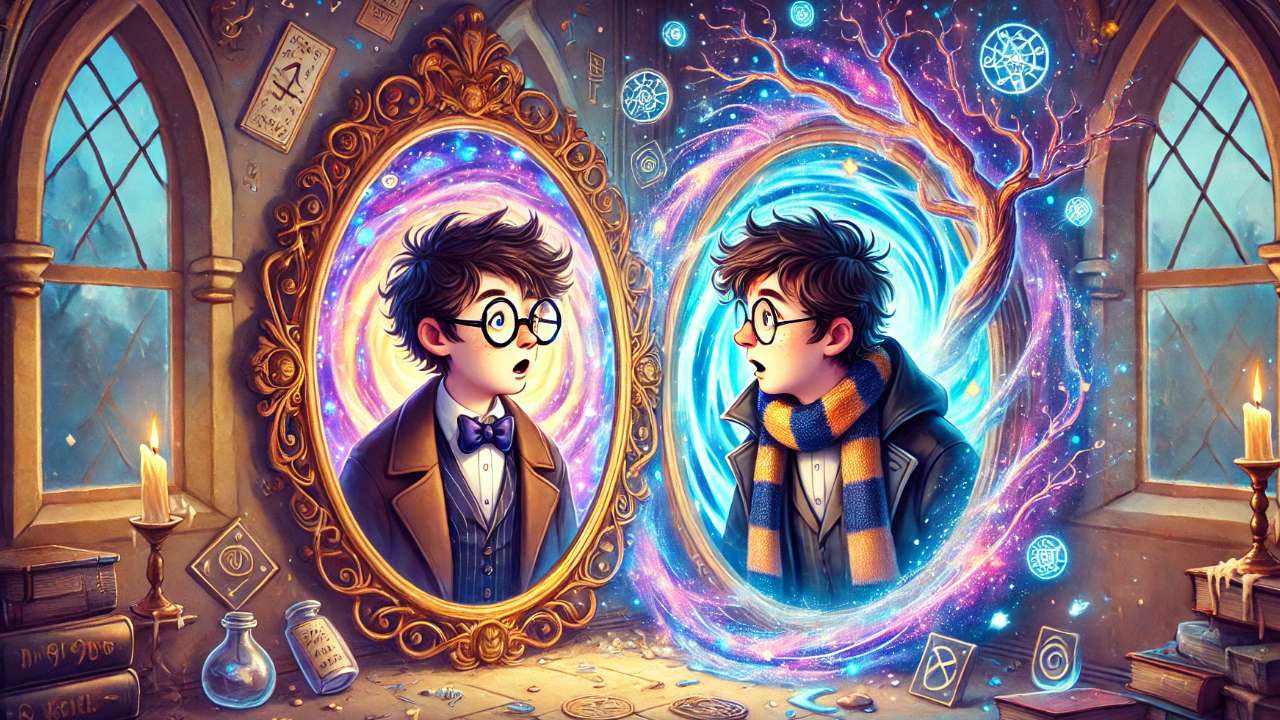
Snape traveled back in time theory:
There’s another mind blowing theory which suggests that Severus Snape used time travel to alter the course of events which is not only once but multiple times. This theory builds on the existence of Time-Turners and suggests that Snape’s knowledge, foresight, and deeply layered actions throughout the series may be because of his living through certain events before.
Supporters of this theory argue that Snape’s ability to manipulate complex situations such as deceiving Voldemort, protecting Harry, and maintaining his double agent status shows his expertise of diverting every situation, which can not be obtained just by being extremely cunning. Could it be that he had prior knowledge of certain outcomes through time travel? His deep emotional motivations, especially his enduring love for Lily Potter, might have driven him to take desperate measures, including revisiting the past in an attempt to save her or alter her fate. Some point to the extraordinary precision of Snape’s actions in key moments like crafting the plan to kill Dumbledore, or delivering just enough truth to guide Harry as potential signs that he might have been through variations of these events before. The theory also raises the possibility that Snape might have tried and failed in earlier timelines, learning each time.
Though speculative and not supported by canon, the theory resonates because it elevates Snape’s role from tragic hero to near-mythic figure. He is the one who could have sacrificed not just his life, but his very timeline, in the hope of redeeming his past.
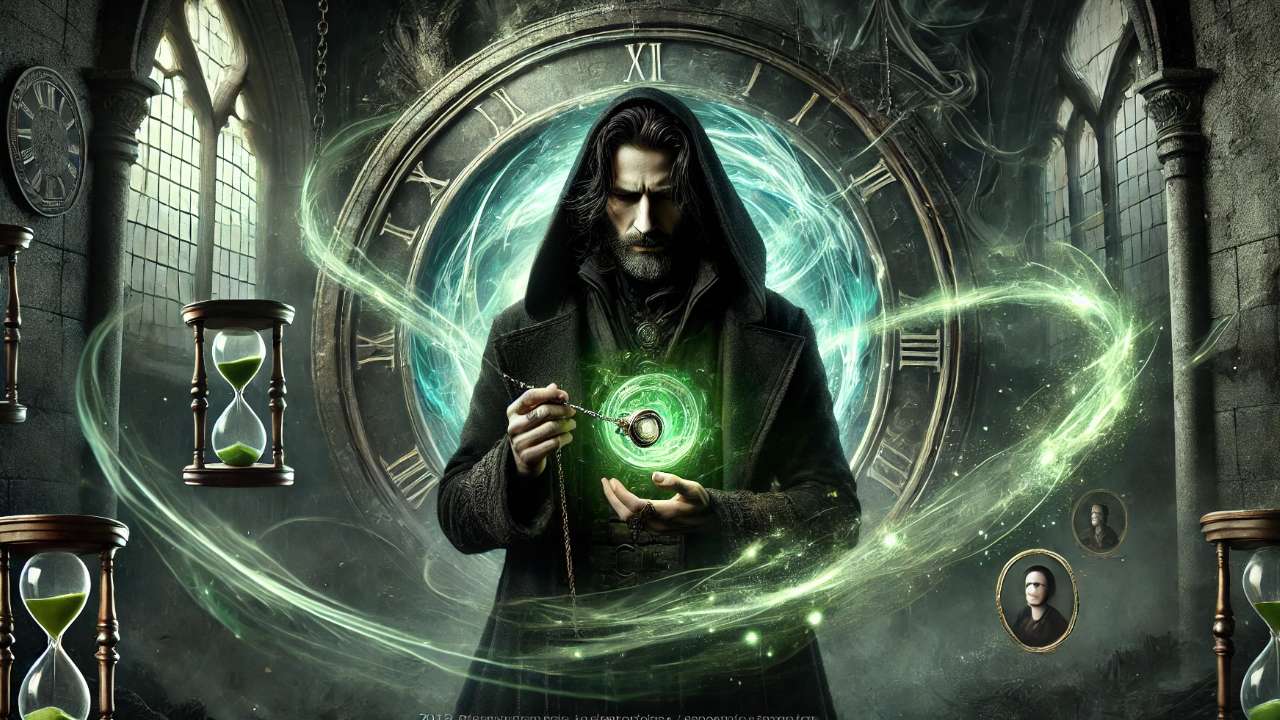
Why They Break Time
In the Harry Potter universe, time travel is presented as a delicate and dangerous tool. One of the dangers is that the power to unravel reality can be misused if it falls into the wrong hands. When Hermione receives the Time-Turner in Prisoner of Azkaban, it’s strictly for academic use, and even then, under heavy regulation. But fans have long speculated that characters may have knowingly or not broken the rules of time in significant ways, bending fate and continuity beyond what the books admit.
Despite the inclusion of time travel, the series notably avoids some of the classic temporal paradoxes and butterfly effects often seen in science fiction, maintaining narrative consistency and avoiding potential plot holes. This article explores the temporal paradoxes and butterfly effects that could have arisen but are notably absent in the canon of the Harry Potter universe.
Understanding Temporal Paradoxes and Butterfly Effects
The narrative carefully sidesteps complex paradoxes and butterfly effects by establishing a closed loop in the timeline. Before diving into the Harry Potter series, it’s important to understand what temporal paradoxes and butterfly effects mean in the context of time travel.
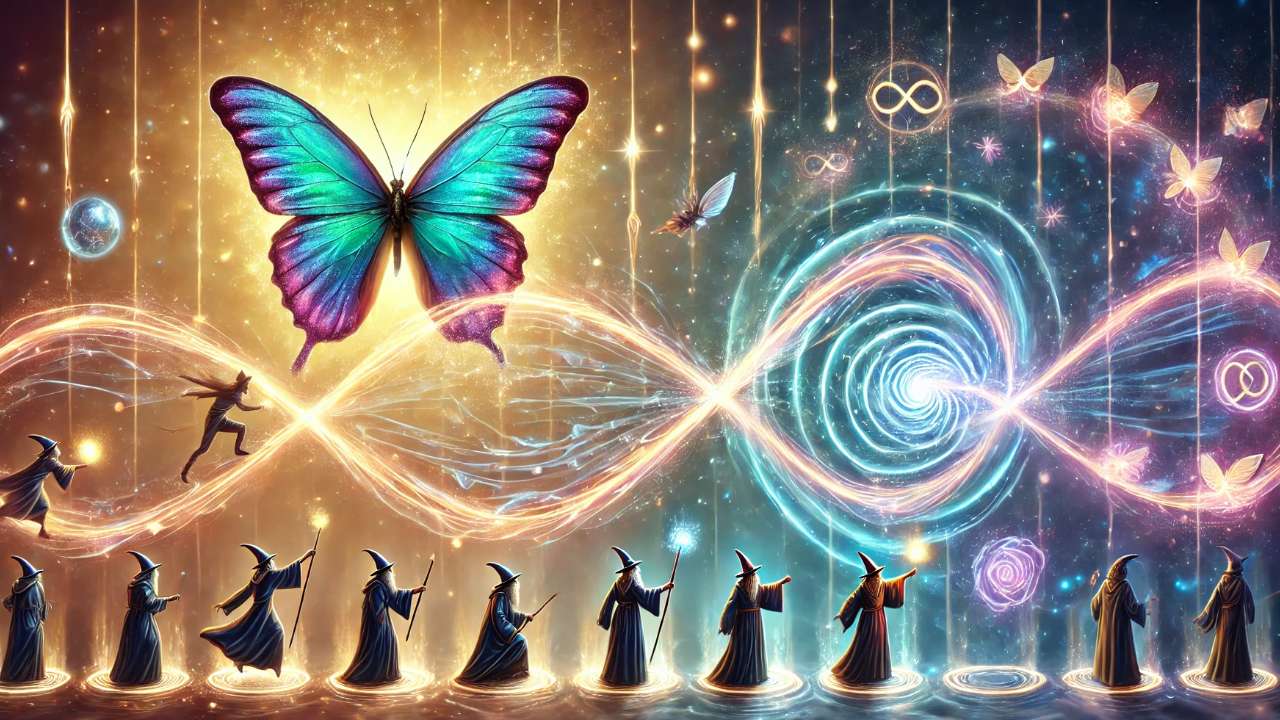
Temporal paradoxes
Refers to logical contradictions that arise when an event in the past is changed, causing inconsistencies in the timeline. The most famous example is the “grandfather paradox,” where a time traveler could potentially prevent their own existence by altering past events.
The butterfly effect
is a concept from chaos theory, suggesting that small changes in the past can lead to significantly different outcomes in the future. This implies that even minor actions during time travel could drastically alter the course of history.
Avoidance of Temporal Paradoxes in Canon
The Harry Potter series embraces a self-consistent time loop approach, meaning the actions taken by time travelers were always part of history. For example, when Harry and Hermione go back in time, their actions do not change the past but instead fulfill what already happened. This approach cleverly avoids paradoxes like:
Grandfather paradox:
Harry cannot change events that would negate his own existence or previous experiences.
Causal loops:
Events caused by time travelers have always happened, so there is no contradiction in cause and effect.
By implementing this fixed timeline, the series avoids temporal paradoxes that could disrupt the plot and confuse readers.
Absence of Butterfly Effects in the Series
The butterfly effect implies that even a small interaction in the past could lead to huge consequences in the future. However, the Harry Potter canon does not explore or depict such drastic consequences stemming from time travel. This absence is notable for several reasons:
- The timeline remains stable and unchanged after time travel, suggesting the universe has built-in safeguards or magical laws that prevent significant alterations.
- Characters use the Time-Turner sparingly and carefully, often emphasizing the risks involved with changing time.
- The magical community likely enforces strict regulations around time travel to prevent chaos, a detail hinted at but not deeply explored in the books.
Why Does the Series Avoid These Complexities?
There are several reasons why J.K. Rowling might have chosen to avoid temporal paradoxes and butterfly effects:
Narrative clarity:
Time travel stories can become confusing, especially for younger readers. A stable timeline keeps the story straightforward.
Plot integrity:
Avoiding paradoxes prevents potential plot holes and contradictions in the broader Harry Potter universe.
Focus on character and magic:
The series prioritizes character development and magical lore over complex scientific or theoretical explorations of time.
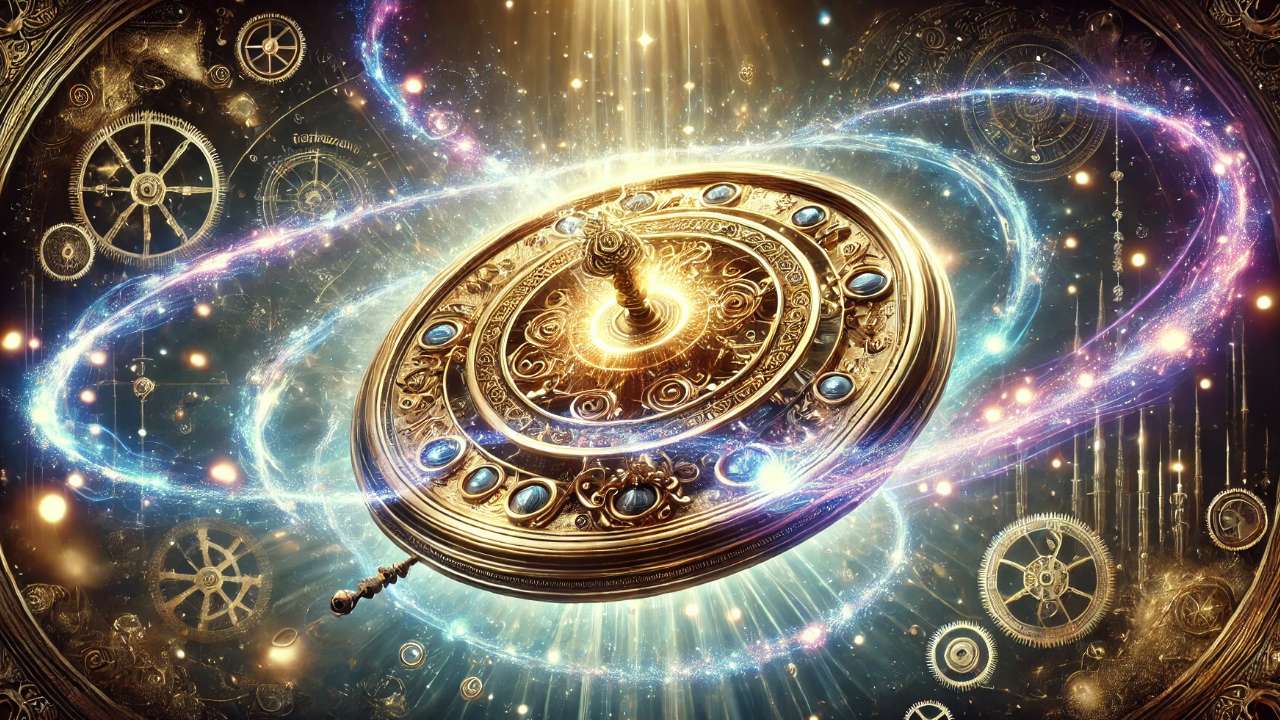
Time travel is one of fiction’s most exhilarating tools that allows characters to undo mistakes, rewrite destinies, or peek into alternate realities. In Harry Potter, it’s used sparingly but memorably, such as when Hermione and Harry save Sirius and Buckbeak. This moment captures the fun of bending time: clever plot twists, suspenseful loops, and the thrill of outsmarting fate.
But time travel also comes with limits, especially in Rowling’s universe. The Ministry strictly regulates it, and the Time-Turners are destroyed to prevent chaos. These rules emphasize the dangers: paradoxes, unintended consequences, and the risk of unraveling the timeline. Writers use these constraints to maintain narrative tension and avoid story-breaking plot holes.
Ultimately, the joy of time travel in fiction lies in how it challenges both characters and readers to think critically about cause, effect, and morality. But it works best when balanced with consequences, reminding us that even in magical worlds, time is not something to be trifled with.

Frequently Asked Questions (FAQs)
1. What is the most popular Harry Potter time travel theory?
The most popular theory involves the idea that Harry Potter might have accidentally time-traveled back in time during the events of Harry Potter and the Prisoner of Azkaban. Fans speculate that Harry’s use of the Time-Turner to save Sirius Black and Buckbeak created a time loop, potentially explaining how certain events unfolded.
2. How does time travel work in Harry Potter?
In the Harry Potter series, time travel is made possible through the use of a magical device called the Time-Turner. It allows the user to travel back in time for short periods. However, the rules around its use are strict, as interacting with past events can cause significant changes in the timeline.
3. Could Harry have caused the death of his parents through time travel?
A common theory suggests that Harry might have unknowingly played a role in his parents’ deaths by using the Time-Turner. According to this theory, he could have interfered with events during his time travels, potentially creating a paradox where his actions led to the tragic outcome, though this remains speculative.
4. What is the "Time-Turner paradox" theory?
The Time-Turner paradox theory proposes that Harry and Hermione’s use of the Time-Turner in Prisoner of Azkaban created a loop where past actions influenced the present. The paradox suggests that by saving Sirius and Buckbeak, they were always meant to do so, creating a predestined event cycle that exists beyond their control.
5. Did Voldemort ever attempt time travel in Harry Potter?
While it’s not explicitly mentioned, some fans believe Voldemort may have attempted time travel in order to alter events for his benefit, such as trying to kill Harry before he was born. This idea is supported by his obsession with controlling the past and future, though it remains an unofficial theory with no direct evidence in the books.
6. What happens if you change the past in Harry Potter?
In the wizarding world, changing the past is considered extremely dangerous. The Ministry of Magic warns that any significant alteration could result in catastrophic consequences, leading to time paradoxes, unintended consequences, or the creation of alternate timelines.
7. Does Harry Potter's time travel create alternate realities?
While time travel in Harry Potter doesn’t directly create alternate realities, some theories suggest that the events caused by the Time-Turner might create parallel timelines. These theories suggest that the actions of time travelers might create slight alterations in the fabric of time, though the books don’t confirm this possibility.
8. Could the Time-Turner be used to prevent major events like Voldemort's rise?
Some fans speculate that the Time-Turner could have been used to prevent major events such as Voldemort’s rise to power. However, time travel in the Harry Potter universe is heavily restricted, and interfering with such significant events could lead to dangerous consequences, as shown by the warnings and the limited use of the Time-Turner.
